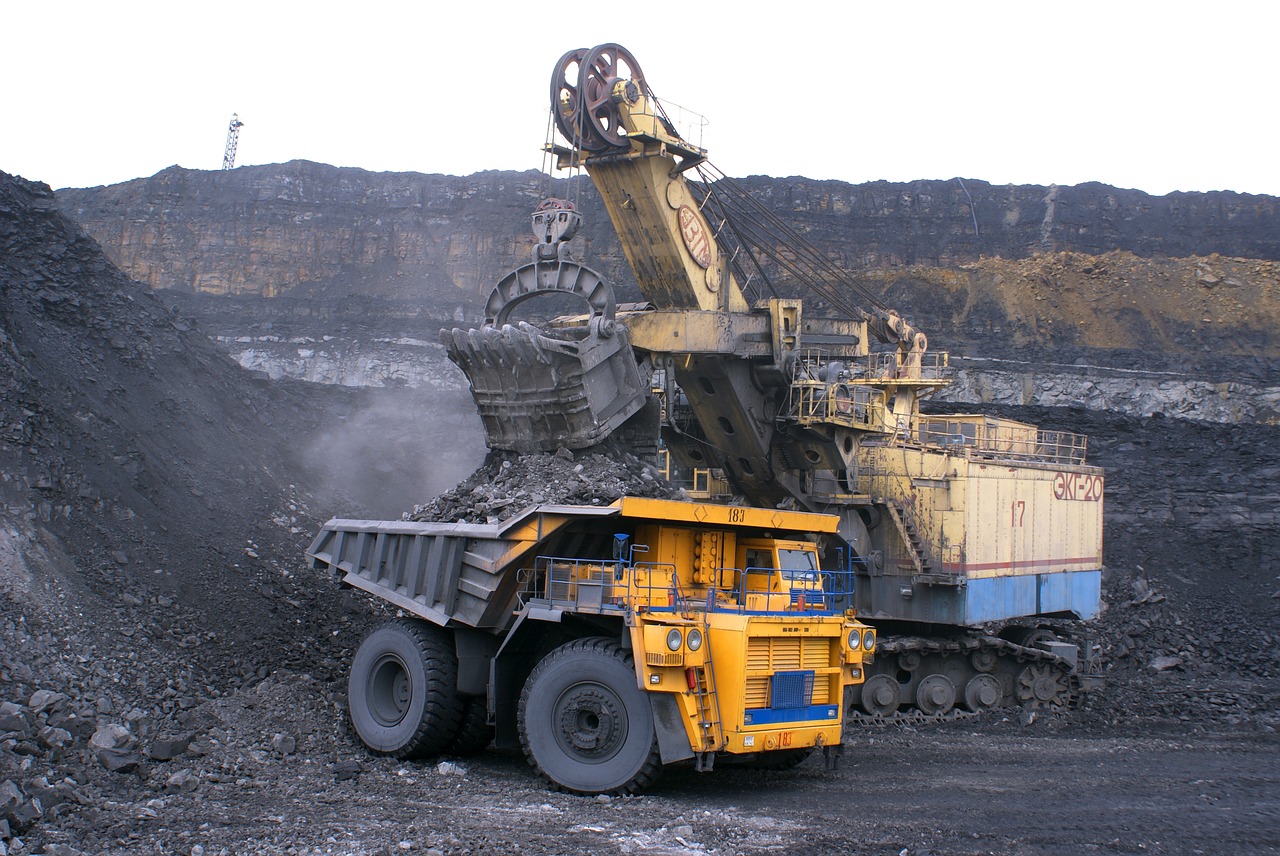Energy resources such as crude oil, natural gas and coal formed from the remains of prehistoric animals and plants.
Fossil fuels are found below the Earth's surface. They consist mainly of hydrocarbons, i.e. hydrogen and carbon. When they are burned, water and carbon dioxide are produced.
The use of fossil fuels have increased dramatically through the twentieth century, and the world is now very dependent on energy from fossil fuels. Today, they account for more than 80 percent of the world's energy consumption. Fossil fuels provide the energy for many human activities, such as transportation, manufactoring, electricity, heating (and cooling), etc.
The fossil fuels, we use today, were formed from animals and plants that lived millions of years ago. The main factors needed for their formation are pressure, heat and time.
When the marine organisms (mostly plankton) in the sea died, and fell to the bottom, they were buried under layers of mineral sediment (mud, sand etc.). The burial under layers of sediment created an environment with low oxygen content, which slowed the decay of the organic material. Together with an increase in pressure and temperature, caused by the weight of the layers above, the dead organisms were during millions of years transformed into crude oil.
By heating crude oil and separating it into different types of gases and liquids (distilling), it can be used for a wide range of products. The primary products are fuel oil and gasoline, but many other chemical products are made from crude oil such as plastics and medication.
Coal was formed in a similar way, but from dead land plants (for example trees), and it did not take as much time as the formation of oil. The plants grew in areas such as swamps or along coastlines, where dead plants could end up buried under many layers of sediment. The plant material was transformed into coal through different stages.
Natural gas is mainly methane, but also includes several other hydrocarbons. In a process identical to the formation of crude oil, natural gas is formed from dead microorganisms, like plankton, buried under sediment. Oil and natural gas are often found in the same reservoirs, but there are also large reservoirs of natural gas without oil. The amount of pressure, heat, type of sediment and length of time determine weather oil or methane is formed. Methane is also released from the respiration of certain bacteria. The burning of natural gas releases less carbon dioxide (CO2) than other fossil fuels per energy unit.
The formation of coal, crude oil and natural gas is in a sense just different stages in the same process of transforming organic matter into hydrocarbons.
The process of forming fossil fuels is so slow (millions of years) that even though it happens naturally, fossil fuels are not a renewable energy source. Once all the available deposits have been used, it will not be replaced.
The burning of fossil fuels have increased the concentration of carbon dioxide, a greenhouse gas in the atmosphere, and have very likely caused recent global warming.
